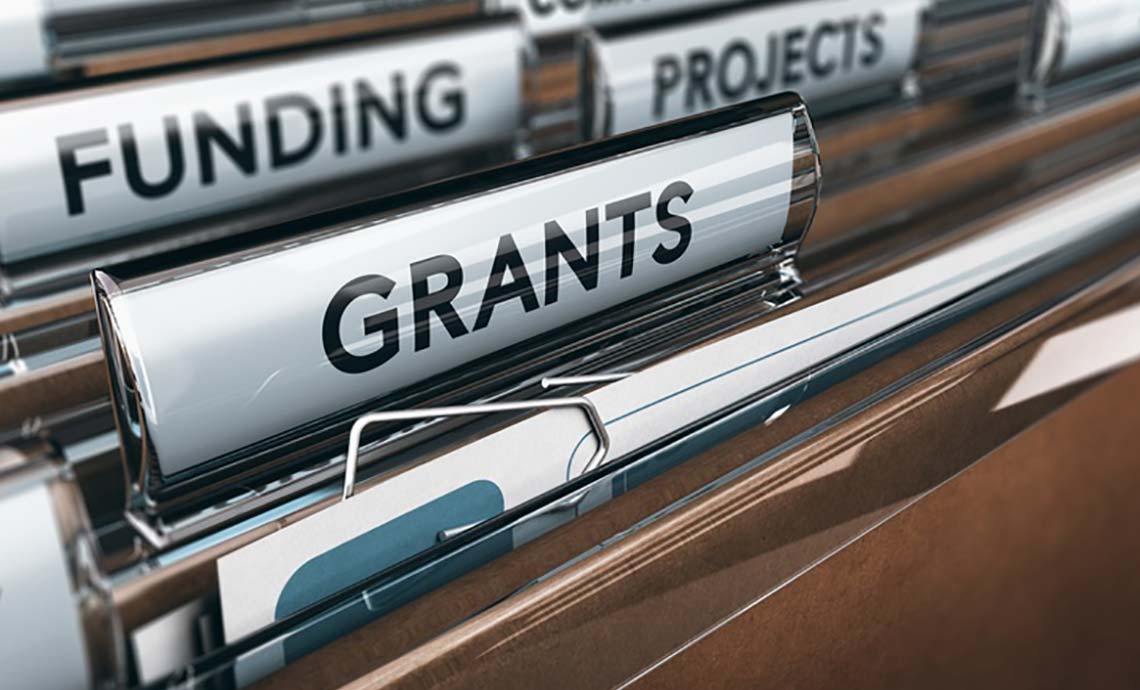If your organization holds fundraisers, you can enhance their effectiveness by ensuring that your accounting and fundraising processes work closely together. Disconnected finance and fundraising teams may work toward the same goals, but struggle to align their efforts. Improved collaboration can benefit your teams and help your organization achieve its fundraising goals.
To optimize your operations, it is crucial to identify the most effective strategies to implement. This article offers valuable tips for fundraising and growth, including guidance on accounting for fundraising expenses, best practices for optimizing your accounting and fundraising processes, and a fund accounting solution that can enhance your accounting and fundraising efforts.
Tips for Fundraising and Growth
Accounting and fundraising reconciliation is essential. Your nonprofit needs to track the money you receive and where the money goes, so you need an effective way to connect your accounting system with your fundraising data. Try these tips:
Use the right technology: Nonprofits have a wide range of fundraising and accounting reconciliation needs, which means your organization needs a software solution designed specifically for nonprofits like yours. For example, MIP Accounting helps automate processes. You can easily manage revenue from multiple sources, such as tuition, fundraising, donations, grants, and endowments. MIP Accounting® compiles and presents your funding sources in a user-friendly way.
Look beyond your general ledger: To prepare your fundraising data for your accounting system, you need to do more than simply duplicate your general ledger into your customer relationship management (CRM) system. Some items in your general ledger may not be appropriate for your CRM system, such as office supply costs. You may also track items in your CRM system that aren’t relevant for accounting, like soft credits.
Review the financial coding system: Review and understand your financial coding system for fundraising and financial management. If you have a complex list of funds, this can become challenging. By understanding the coding for financial transactions in each of your systems, you’ll know which data from your CRM system should go into your accounting system.
Involve your accounting department: You should involve your accounting department from the beginning. To set up your fundraising data in your accounting system, you need to understand the accounting methodology your organization uses and the requirements for tax reporting. When you involve your accounting department, you can ensure accurate details are included when you implement a fundraising and accounting solution.
Accounting for Fundraising Expenses
To make money, you likely have to spend some money up front. When trying to attract donors, you will face some necessary fundraising expenses for your event. Determining how to account for these expenses can be challenging, especially if you are unfamiliar with categorization and other processes. Common fundraising expenses can include:
- Meals
- Staff training
- Printing costs
- Direct mail campaigns
- Compensation for event workers
- Event-related costs, such as those related to a fun run or silent auction
Your statement of activities, also known as your income statement, records your revenues, costs, and net assets for your fundraising efforts. Your expenses will fall under fundraising, administrative, or program expenses. Software designed for nonprofit fundraising can simplify this process.
Fundraising and Accounting Best Practices
To successfully achieve your mission as a nonprofit, it is crucial to adhere to best practices in fundraising and accounting. To achieve your goals and work toward your mission, you will need to raise money. You can increase the likelihood of a successful and profitable fundraising campaign by creating a data-driven plan before executing your campaign. A couple of best practices to follow for your fundraising and accounting collaboration efforts would be:
Identify Your Audience
If you target your fundraising campaign to the wrong audience, you may not reach your goal. This is why it’s so essential to identify your audience before you kickstart your fundraising efforts. For example, suppose you want to host a fundraising gala with costly tickets. In that case, you may wish to target donors who have historically given thousands in donations rather than those who’ve donated smaller amounts. In this example, your costs may also be higher, as you want to provide an exclusive event with a top-tier venue, delicious food, and a classy atmosphere.
When determining your target audience, consider the type of fundraising campaign you’re hosting. Additionally, assess your fundraising goal and ideal turnout to identify your audience. After evaluating these factors, you can locate the supporters who can help you achieve your goal. Once you have identified your target audience, consider the following factors to develop a successful campaign:
- Their interests
- Their demographics
- Their average donation size
- How to market to them effectively
- The events they’ve previously attended
- The fundraising ideas that best suit this audience
- How they have previously responded to your marketing efforts
Develop a Campaign Budget
Budgets are useful in any organization, helping you determine your annual and overarching goals and financial health. Your annual budget includes both the revenue you expect to generate and the expenses you anticipate incurring. Your revenue sources may consist of individual donations, grants, events, and sponsorships, while your costs might include office expenses, insurance, rent, utilities, event expenses, and program supplies.
Similarly, develop a detailed budget that covers your expected expenses and revenue sources specifically for your campaign. Your budget should cover your ultimate fundraising goal and outline how you plan to achieve it through various fundraising sources.
A popular fundraising event is a fun run. First, determine your various revenue sources and estimate the amount you anticipate receiving from each source. Some revenue sources you may expect from a fun run include the following:
- Donations
- Merchandise sales
- Sponsorships from local businesses
- Individual registrations for participating
- Matched gifts from the employers of the participants
Of course, every event also comes with some expenses. If you decide to host a fun run, you may want to anticipate the following costs:
- Insurance
- Entertainment
- Advertising costs
- Rent for the venue
- Event registration software
- Merchandise for each attendee
- Labels or pins for participants
- Water and refreshments for participants




